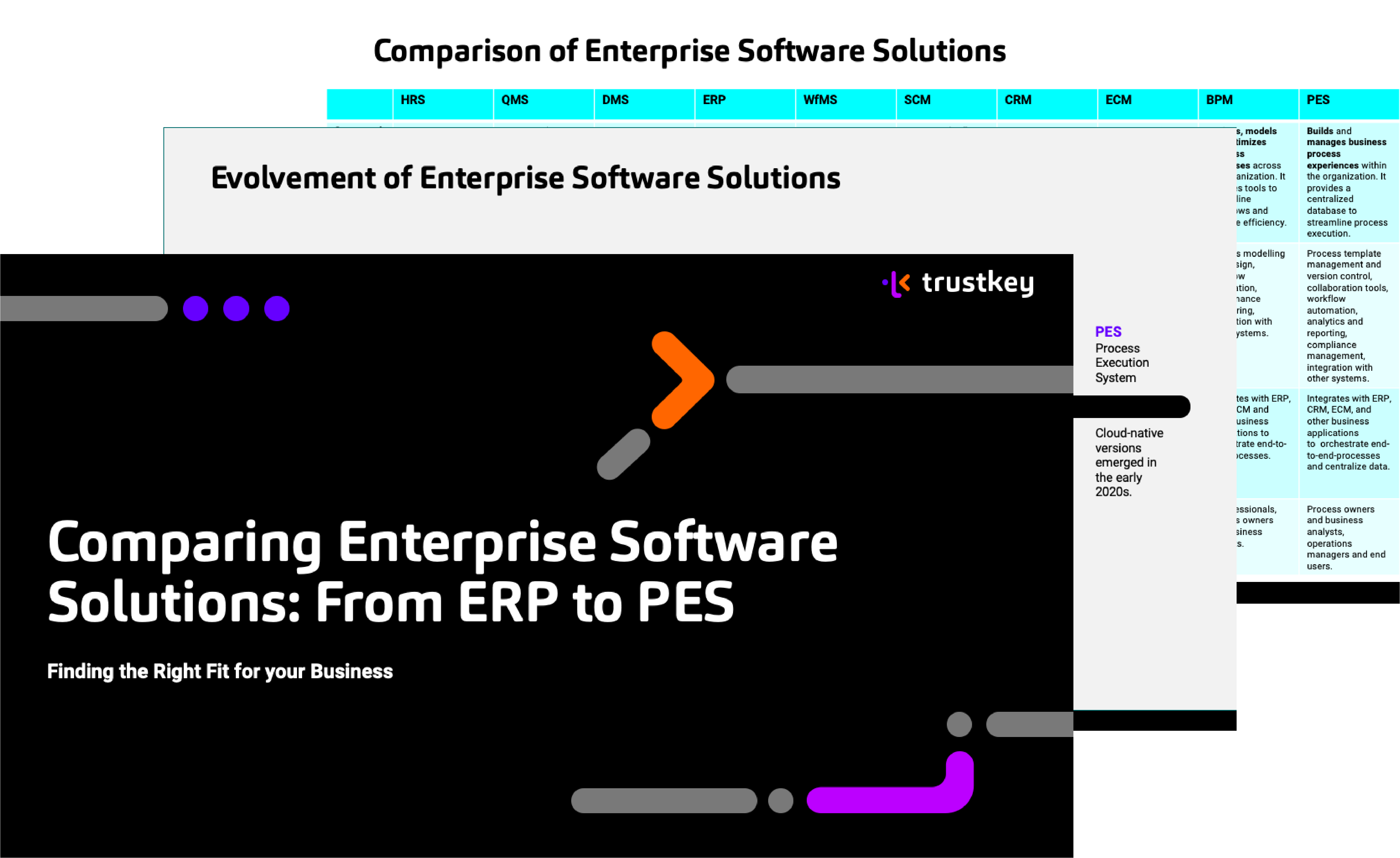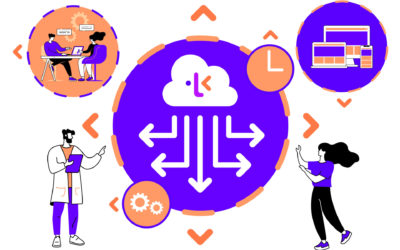What are typical Key Performance Indicators used in service execution tracking?
Key Performance Indicators (KPIs) for service execution tracking are vital metrics that help organizations measure the effectiveness, efficiency, and quality of their service delivery. These indicators are tailored to specific service goals and customer expectations. Here are some typical KPIs used in service execution tracking:
1. Customer Satisfaction Score (CSAT)
This KPI measures customer satisfaction with a service immediately after it’s delivered. It is typically gauged through customer surveys that ask a direct question, such as “How satisfied were you with the service you received?” Responses are usually on a scale, allowing firms to calculate a score that reflects overall customer satisfaction.
2. Net Promoter Score (NPS)
NPS measures how likely customers are to recommend a company’s services to others. It’s a strong indicator of overall customer loyalty and satisfaction with the service, providing insight into the relationship strength between the provider and the customers.
3. First Contact Resolution (FCR)
FCR tracks the percentage of service issues resolved during the first interaction with the customer. High FCR rates typically correlate with high customer satisfaction, as customers value issues being resolved quickly without the need for follow-up.
4. Average Resolution Time
This KPI measures the average time it takes to resolve a service request or issue. It helps organizations understand their efficiency in dealing with problems and can indicate the effectiveness of their service team.
5. Service Level Agreement (SLA) Adherence
This metric tracks how well service delivery aligns with the agreed-upon standards and timelines as outlined in SLAs. It measures the percentage of service requests that are resolved within the timescales promised to customers.
6. Employee Satisfaction
While often overlooked, employee satisfaction can be a critical KPI in service execution, especially in sectors where employee performance directly impacts the quality of service. Satisfied employees are more likely to deliver better customer service, which in turn affects overall service quality.
7. Utilization Rate
For service organizations, particularly those that bill for time, the utilization rate is crucial. It measures the percentage of billable hours used out of the total available hours. A high utilization rate often indicates good management and efficient use of resources.
8. Renewal Rate
In subscription-based services, the renewal rate can indicate customer satisfaction and the perceived value of a service over time. It measures the percentage of customers who choose to renew their service contract.
9. Cost per Ticket
This KPI helps measure the cost effectiveness of the service desk by dividing the total operational costs of the service desk by the number of tickets handled within a specific period.
10. Churn Rate
For services with ongoing contracts, monitoring the churn rate, or the rate at which customers discontinue their services, is essential. It helps identify potential issues in service delivery that may be causing customer attrition.
These KPIs provide valuable insights into different aspects of service execution, allowing organizations to make data-driven decisions to enhance service delivery, improve customer satisfaction, and optimize operational efficiency.




